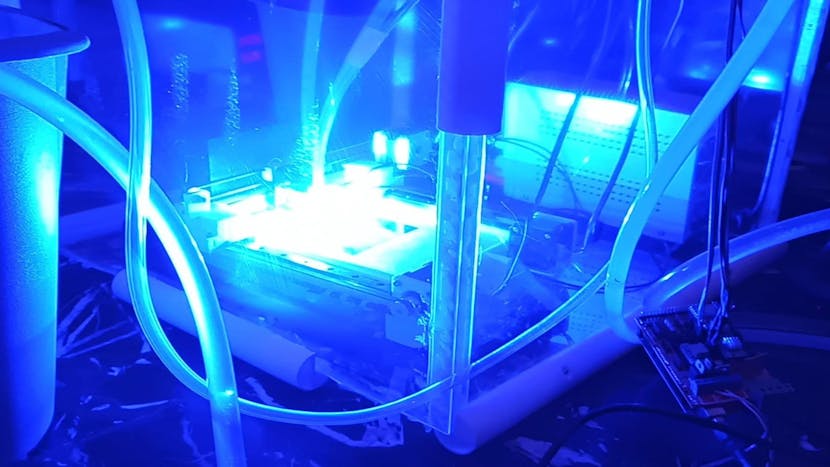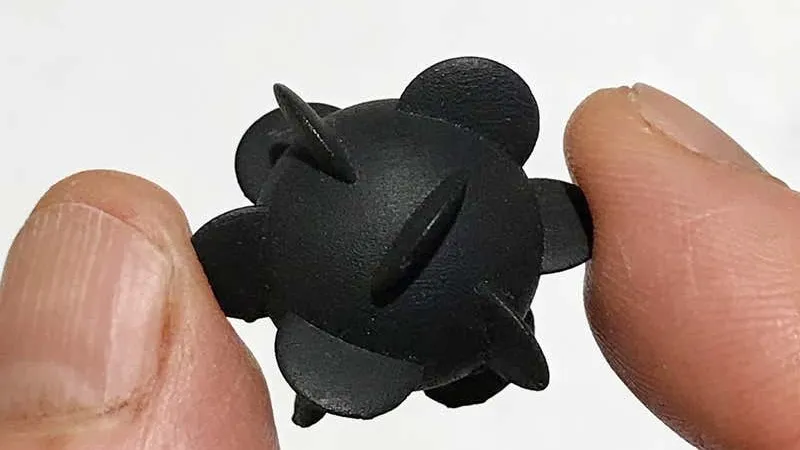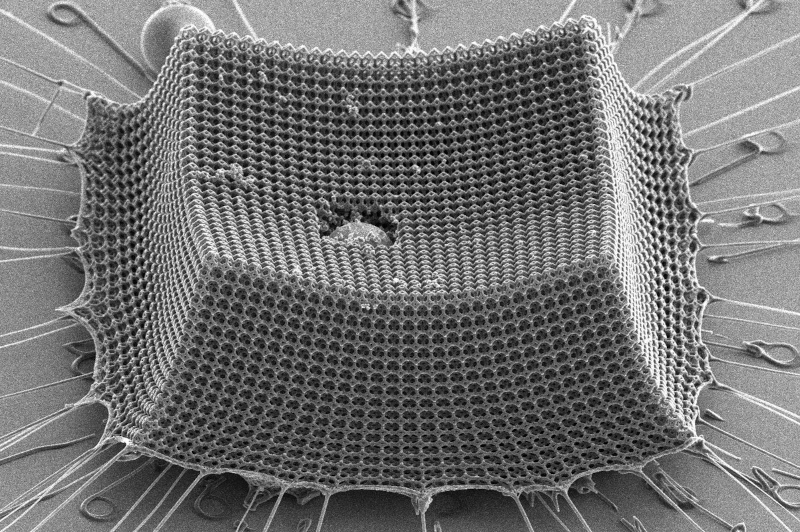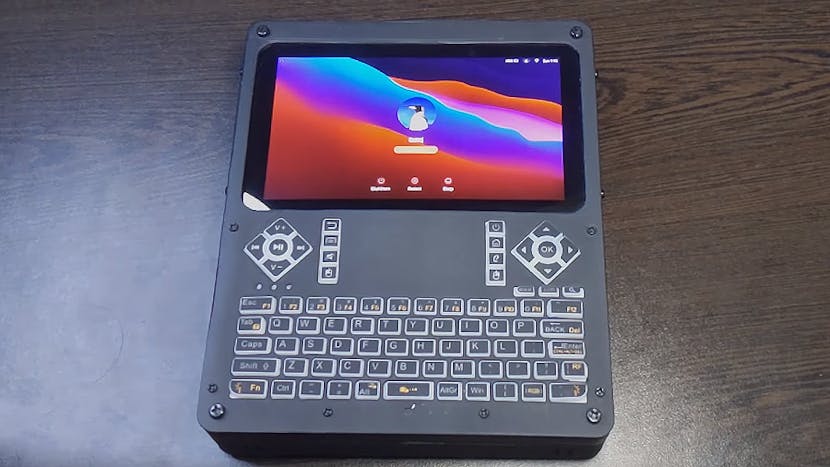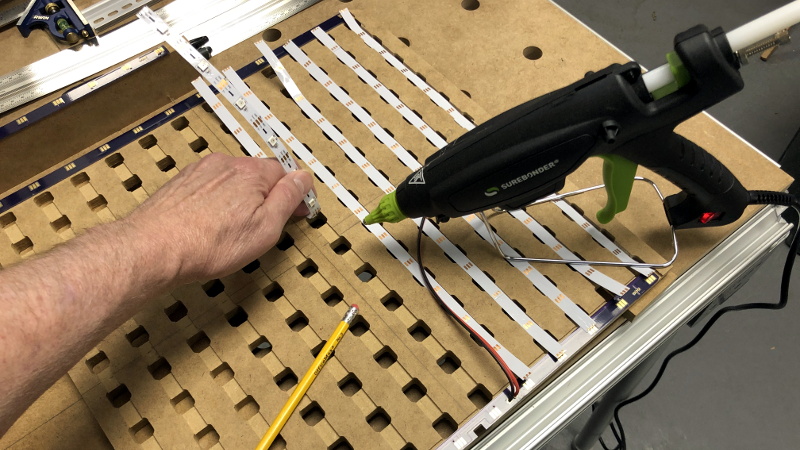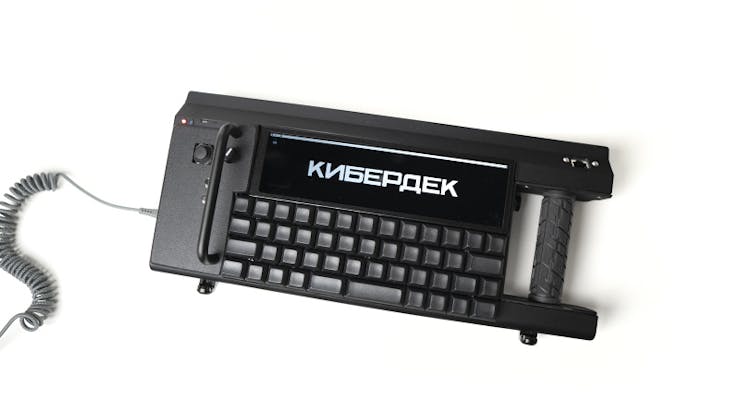This 3D printer allows makers to create metal parts without breaking the bank.
Nicolai Valenti created an affordable PLA metal 3D printer that allows makers to prototype metal parts. The machine relies on SS316L, copper, aluminum, and titanium powders, heated via a Nichia laser array beaming 405 nm light to produce metal parts. Overall, this is Valenti’s fourth and final metal 3D printer prototype, and it utilizes three NEMA 17 stepper motors with GT2 belts.
